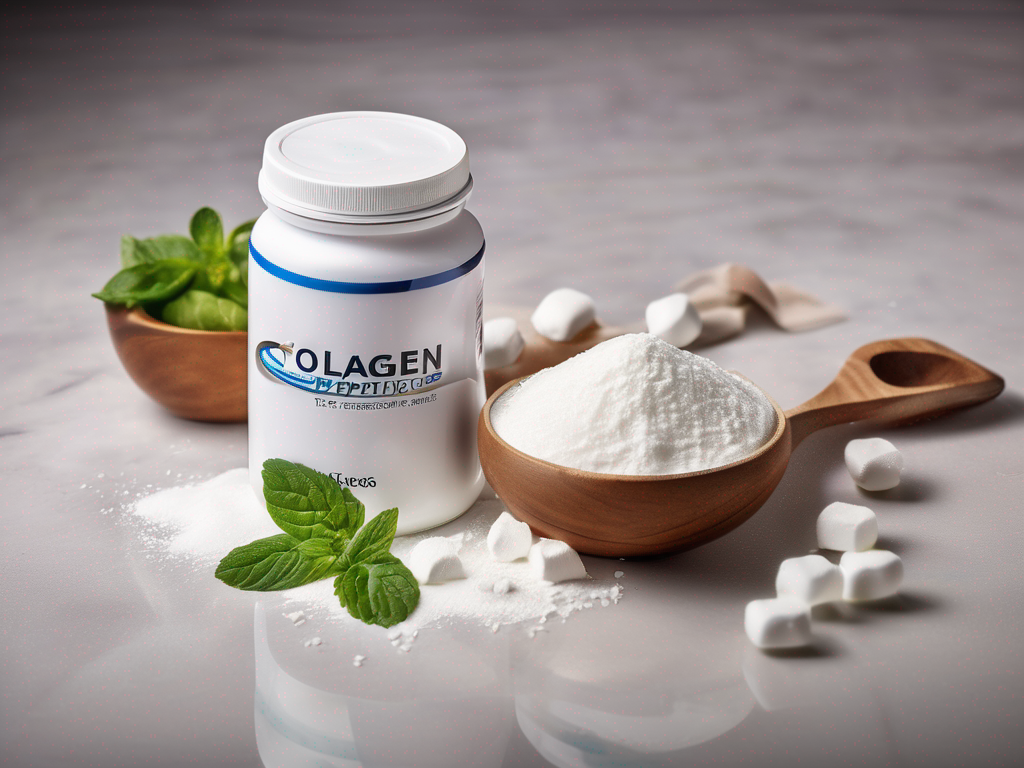
How to Tell If Collagen Peptides Have Gone Bad
Get Your Free Food Safety Cheat Sheet
30 most common foods with instant answers. Print it and stick it on your fridge—completely free!
How to Tell If Collagen Peptides Have Gone Bad
Collagen peptides have become increasingly popular for their potential health benefits, including improving skin health, joint function, and gut health. However, like any food product, collagen peptides can go bad if not stored properly or if they exceed their shelf life. In this blog post, we will discuss how you can tell if collagen peptides have gone bad and are no longer safe to consume. (Collagen peptides)
Why Is It Important to Check If Collagen Peptides Have Gone Bad?
Before we delve into the signs of spoilage in collagen peptides, it's crucial to understand why it's important to check if they have gone bad:
- Health Risks: Consuming spoiled collagen peptides can lead to foodborne illnesses, digestive issues, and other health risks.
- Quality: Fresh collagen peptides retain their nutritional value and effectiveness, whereas spoiled peptides may have degraded and lost their benefits.
- Taste and Aroma: Spoiled collagen peptides may have an unpleasant taste and smell, affecting the overall experience of consuming them.
Now, let's explore how you can determine if your collagen peptides have gone bad.
Signs That Collagen Peptides Have Gone Bad
1. Change in Color
- Fresh collagen peptides typically have a light color, ranging from white to pale yellow.
- If you notice any discoloration, such as dark spots or a grayish tint, it may indicate spoilage.
2. Unusual Odor
- Fresh collagen peptides have a neutral or slightly sweet odor.
- Spoiled peptides may emit a foul or rancid smell, signaling that they are no longer safe to consume.
3. Texture Changes
- Collagen peptides should have a fine, powdery texture that easily dissolves in liquids.
- If you observe clumping, stickiness, or a gritty texture, it could indicate spoilage.
4. Expiration Date
- Check the expiration date on the packaging of your collagen peptides.
- Consuming peptides past their expiration date can pose health risks, so it's essential to adhere to the recommended shelf life.
5. Presence of Mold or Insects
- Inspect the container of collagen peptides for any signs of mold growth or insect infestation.
- If you see any visible contaminants, it's best to discard the product immediately.
How to Properly Store Collagen Peptides
To prolong the shelf life of your collagen peptides and maintain their quality, follow these storage tips:
- Keep in a Cool, Dry Place: Store collagen peptides in a cool, dry area away from direct sunlight and moisture.
- Seal the Packaging: Ensure that the packaging is tightly sealed after each use to prevent air and moisture from entering.
- Avoid Temperature Fluctuations: Keep collagen peptides away from heat sources or temperature fluctuations, as they can accelerate spoilage.
- Use a Scoop: When scooping out collagen peptides, use a clean, dry scoop to prevent contamination.
- Refrigerate After Opening: If the packaging recommends refrigeration after opening, follow this guideline to maintain freshness.
Conclusion
In conclusion, it's essential to regularly check your collagen peptides for signs of spoilage to ensure their safety and efficacy. By monitoring changes in color, odor, texture, and expiration date, you can determine if your collagen peptides have gone bad and should be discarded. Additionally, proper storage practices can help extend the shelf life of collagen peptides and preserve their quality. Remember, when in doubt, it's best to err on the side of caution and avoid consuming collagen peptides that show any signs of spoilage. Stay vigilant and prioritize food safety to enjoy the benefits of collagen peptides without compromising your health. (Collagen peptides)
Authoritative Food Safety References
These agencies and university labs inform every tip and health precaution we publish.
USDA FoodKeeper – Cold Storage Guidelines
Official refrigerator, freezer, and pantry timelines maintained by the U.S. Department of Agriculture.
Visit USDA FoodKeeperFDA Produce Safety Rule & Grower Guidance
Field-to-fridge handling practices that prevent contamination of fruits, vegetables, and leafy greens.
Visit FDA Produce SafetyCDC Foodborne Illness Prevention Hub
Surveillance-backed guidance on pathogens, symptoms, and steps to reduce foodborne illness risk.
Visit CDC Food SafetyUC Davis Postharvest Technology Center
University research detailing optimal storage atmospheres for produce after harvest.
Visit UC Davis PostharvestPenn State Extension – Home Food Preservation & Safety
Peer-reviewed extension bulletins on safe canning, chilling, and reheating practices.
Visit Penn State ExtensionGet Your Free Food Safety Cheat Sheet
30 most common foods with instant answers. Print it and stick it on your fridge—completely free! Want more? Upgrade to the complete guide with 70+ foods.
Scan your food directly and get instant safety info using our AI-powered camera feature.